Growth of E-commerce
The rapid growth of e-commerce is a pivotal driver in the Retail Automation Market. As online shopping continues to gain traction, retailers are compelled to adopt automation solutions to streamline their operations. This includes automated warehousing, inventory management systems, and customer service chatbots. Recent data indicates that e-commerce sales have surged, with projections suggesting that they will account for a significant portion of total retail sales in the near future. Consequently, the Retail Automation Market is evolving to meet the demands of a digital-first consumer base, necessitating investments in technology that enhance efficiency and customer satisfaction.
Sustainability Initiatives
Sustainability initiatives are emerging as a significant driver in the Retail Automation Market. Retailers are under increasing pressure to adopt environmentally friendly practices, and automation can play a crucial role in achieving sustainability goals. Automated systems can optimize energy usage, reduce waste, and streamline supply chains, contributing to a lower carbon footprint. Recent studies indicate that consumers are more likely to support brands that prioritize sustainability, which could influence purchasing decisions. As a result, the Retail Automation Market is likely to see a rise in solutions that not only enhance operational efficiency but also align with sustainability objectives.
Integration of Advanced Analytics
The integration of advanced analytics into the Retail Automation Market is transforming how retailers operate. By leveraging data analytics, retailers can gain insights into consumer behavior, inventory management, and sales forecasting. This data-driven approach allows for more informed decision-making, enhancing operational efficiency. According to recent estimates, the analytics segment within retail automation is projected to grow at a compound annual growth rate of over 20% in the coming years. Retailers are increasingly adopting these technologies to optimize their supply chains and improve customer experiences. As a result, the Retail Automation Market is witnessing a shift towards more personalized shopping experiences, which could lead to increased customer loyalty and higher sales.
Demand for Enhanced Customer Experience
The demand for enhanced customer experience is a critical driver in the Retail Automation Market. Retailers are increasingly recognizing that providing a seamless and engaging shopping experience is essential for retaining customers. Automation technologies, such as self-checkout systems and personalized marketing tools, are being implemented to meet these expectations. Research indicates that retailers who invest in customer experience automation can see a substantial increase in customer retention rates. This trend is likely to propel the Retail Automation Market forward, as businesses strive to differentiate themselves in a competitive landscape by offering superior service and convenience.
Labor Shortages and Workforce Optimization
Labor shortages are becoming a pressing issue in the Retail Automation Market. As the workforce becomes increasingly difficult to staff, retailers are turning to automation to fill gaps and optimize operations. Automated systems can perform repetitive tasks, allowing human employees to focus on more complex responsibilities. This shift not only addresses labor shortages but also enhances productivity. Data suggests that the adoption of automation technologies can lead to a reduction in operational costs by up to 30%. As such, the Retail Automation Market is likely to see continued investment in automation solutions that alleviate workforce challenges while improving efficiency.
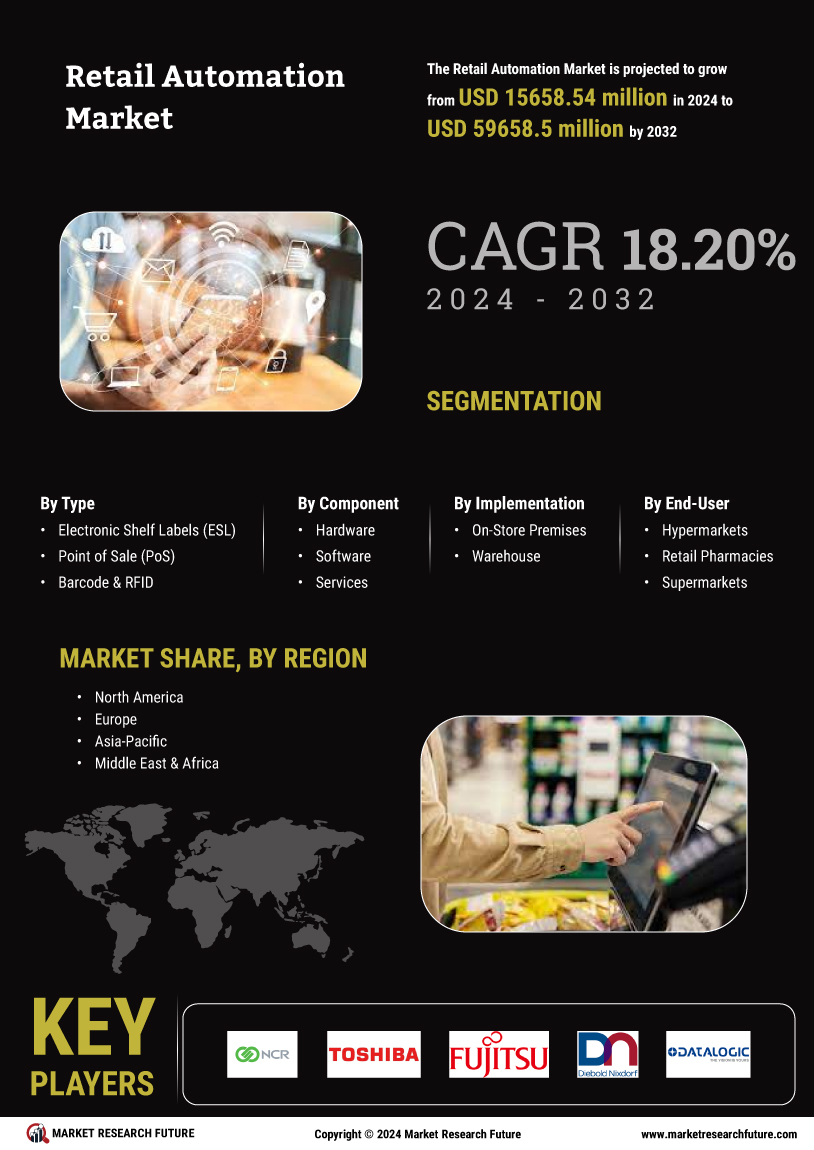

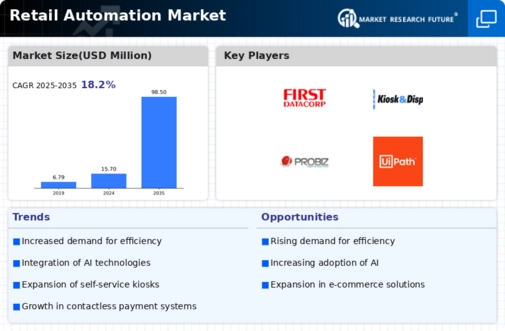
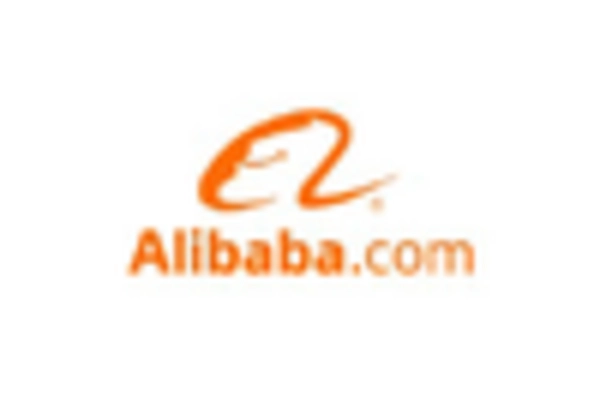
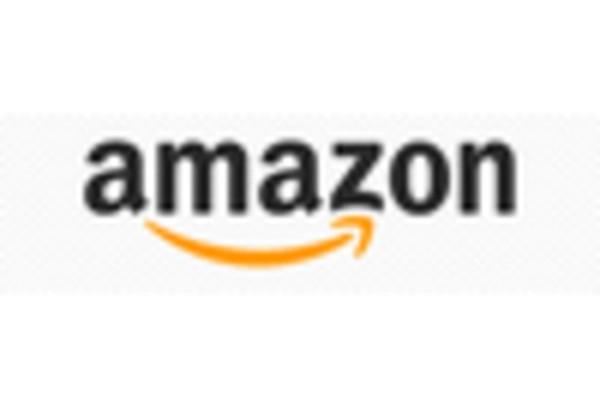

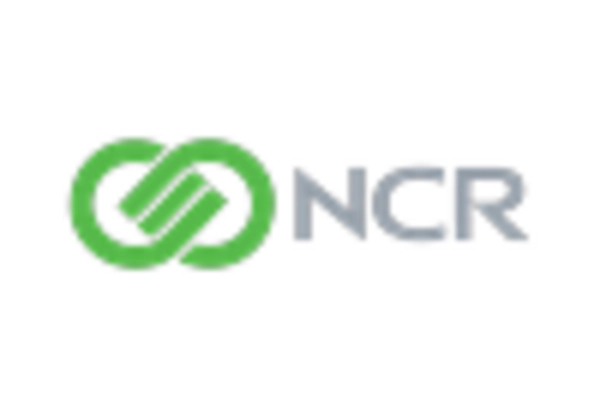
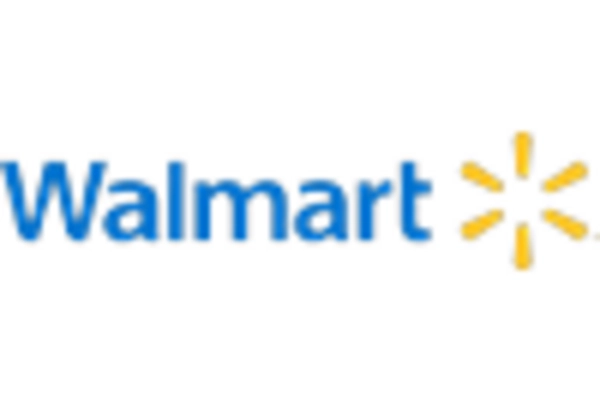
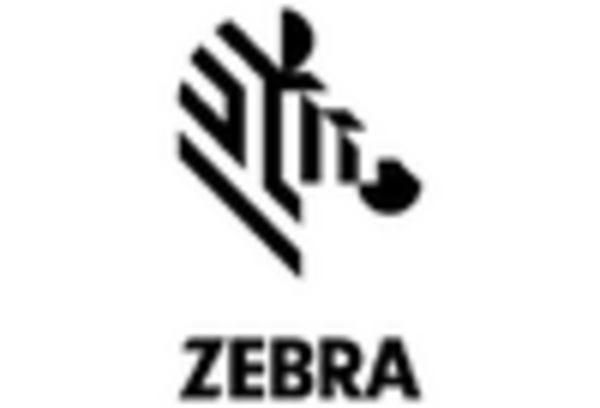








Leave a Comment